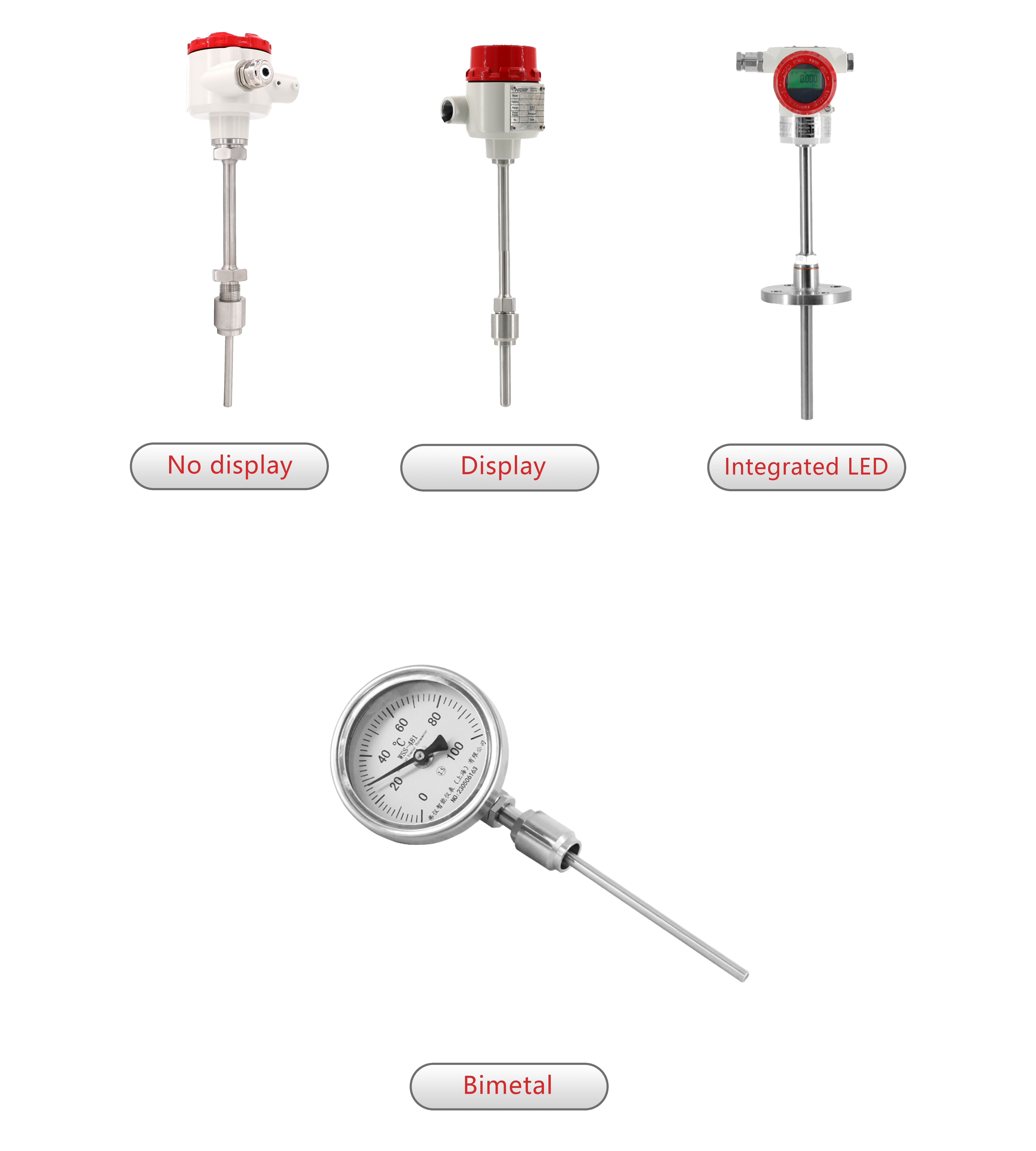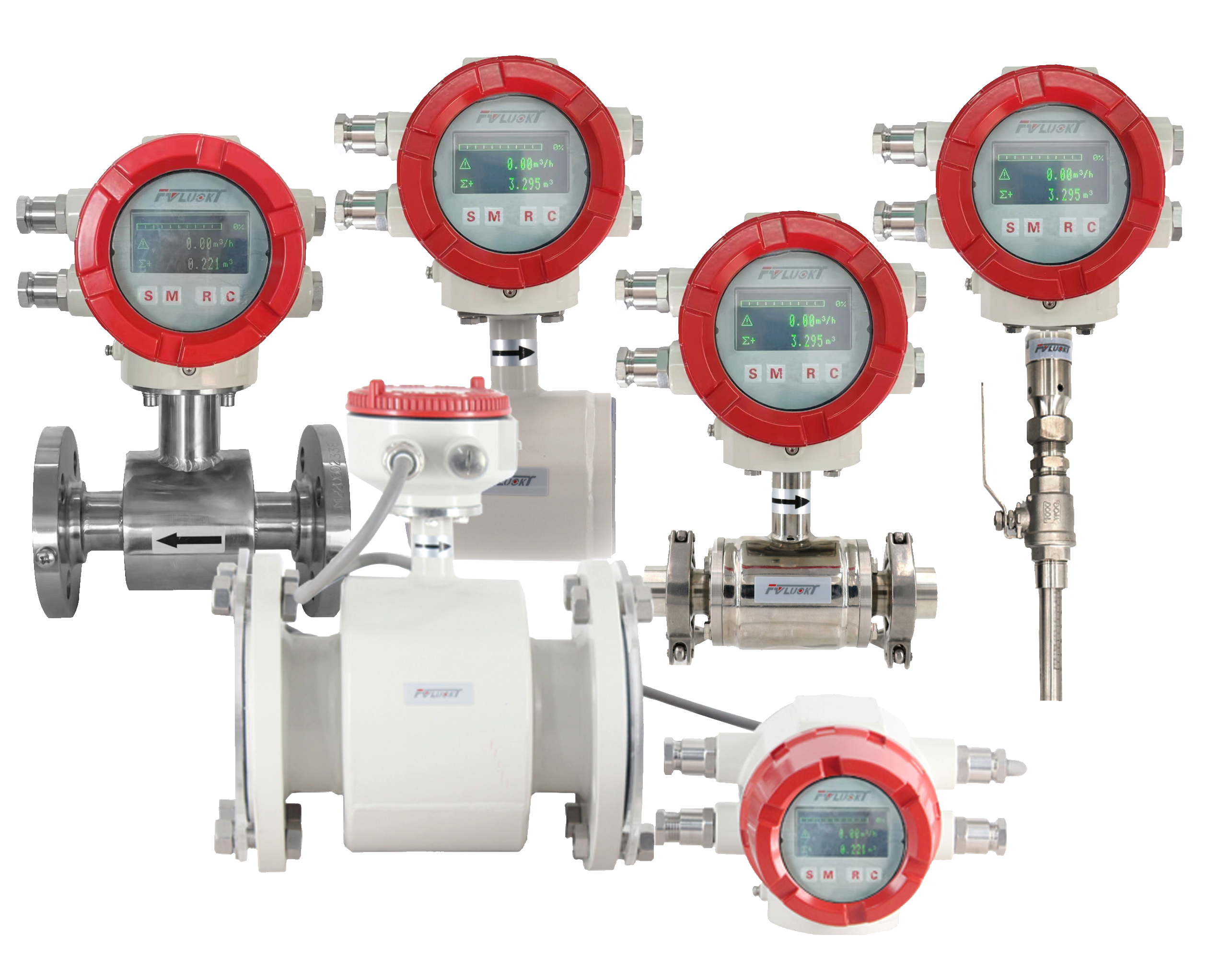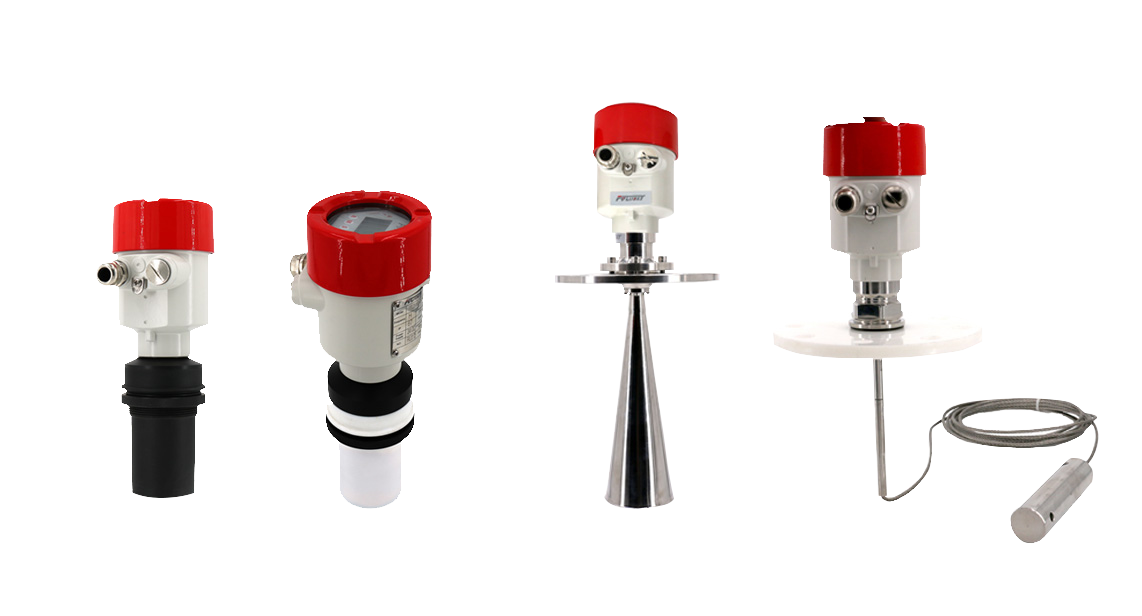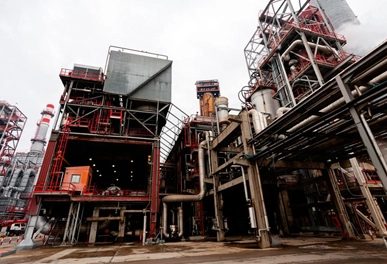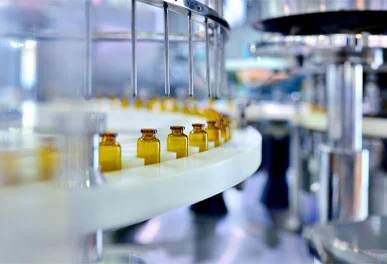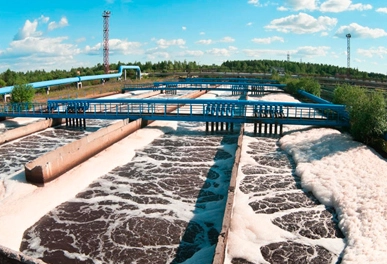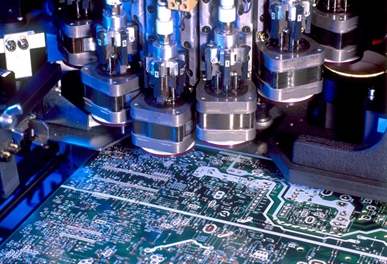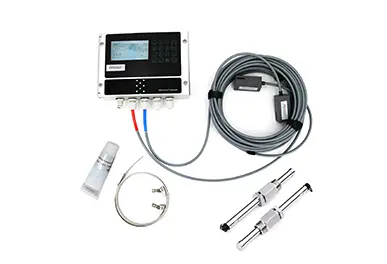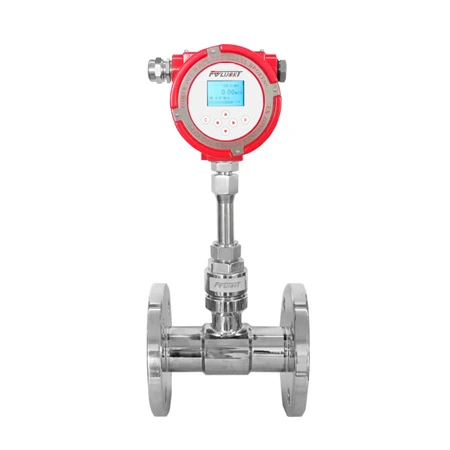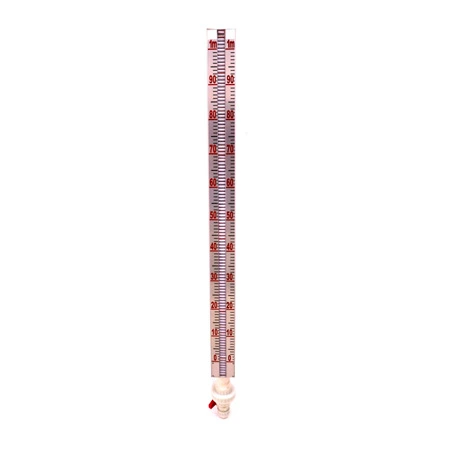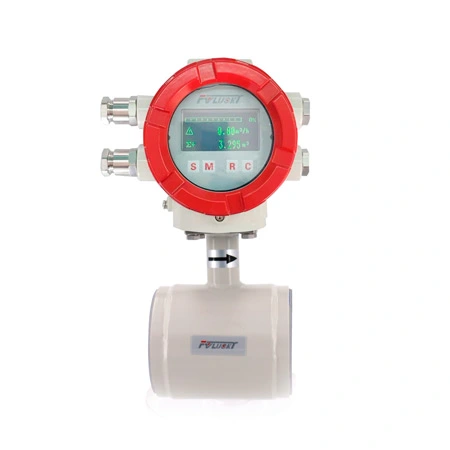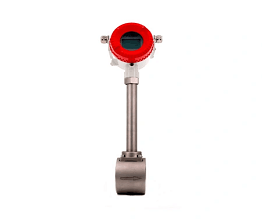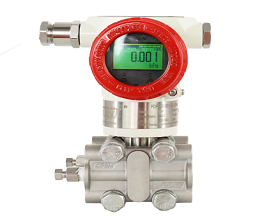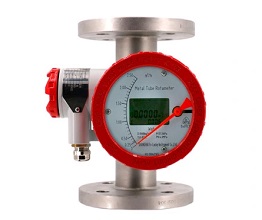Temperature measuring instruments in industry are instruments that convert temperature variables into standardized output signals that can be transmitted. They are mainly used for measuring and controlling temperature parameters in industrial processes.
Working Principle of Temperature Measuring Instruments in Industry
Temperature measuring instruments in industry with a sensor usually consist of two parts: the sensor and the signal converter. The sensor is mainly a thermocouple or thermistor; the signal converter mainly consists of a measurement unit, signal processing, and conversion unit (because the industrial thermistor and thermocouple index tables are standardized, the signal converter is also called a transmitter when used as an independent product). Some temperature measuring instruments in industry have additional display units, and some also have fieldbus functions.
The output signal of the temperature measuring instruments in industry and the temperature variable have a given continuous functional relationship (usually a linear function). In early-produced transmitters, the relationship between the output signal and the resistance value (or voltage value) of the temperature sensor was a linear function. The standardized output signals of temperature measuring instruments are mainly DC signals of 0mA~10mA and 4mA~20mA (or 1V~5V). Other standardized output signals with special provisions are not excluded.
Temperature measuring instruments in industry can be divided into two-wire and four-wire types according to the power supply wiring method. Temperature measuring instruments in the industry include the electric unit combination instrument series (DDZ-Ⅱ, DDZ-Ⅲ, and DDZ-S) and the miniaturized modular type, multi-functional intelligent type. The former does not come with sensors, while the latter two types can be conveniently combined with thermocouples or thermistors to form transmitters with sensors.
The Role of Temperature Measuring Instruments in Industry
Temperature measuring instruments in industry are instruments that convert temperature variables into standardized output signals that can be transmitted, mainly used for measuring and controlling temperature parameters in industrial processes. A current transmitter converts the AC of the main loop being measured into a standard constant current signal, which is continuously transmitted to the receiving device. A temperature current transmitter converts the signal from the temperature sensor into a current signal, which is connected to secondary instruments, thereby displaying the corresponding temperature.
Detection Based on Key Points of Temperature Measuring Instruments in Industry
The key points for detection are as follows:
After powering on, it is prohibited for non-operators to open the front cover. If the operator misoperates, it is strictly forbidden to save the operation; it can be resumed by opening again after disconnecting the power.
Popular Field Instruments
Other Field Instruments Articles

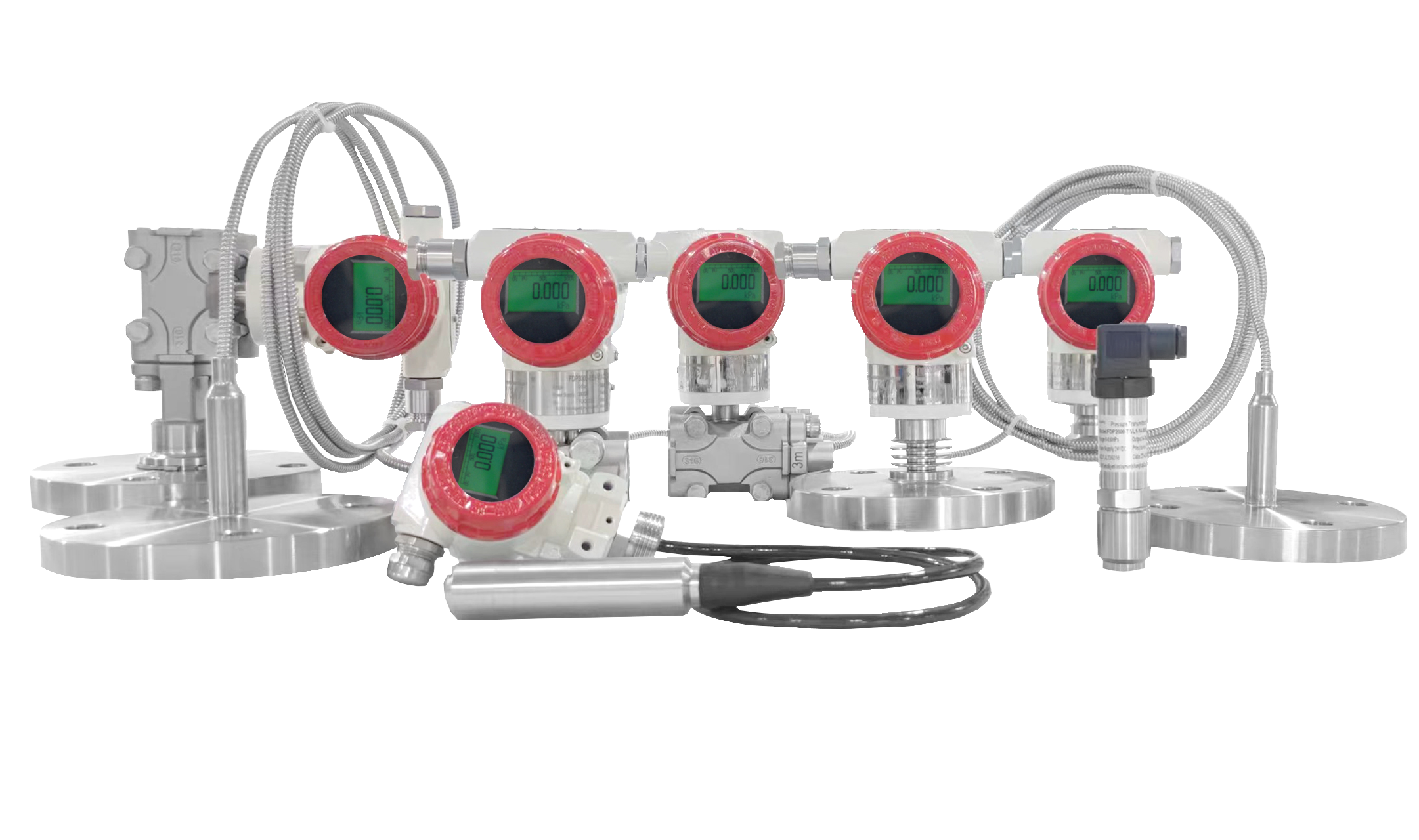 Smart Pressure Transmitters
Smart Pressure Transmitters